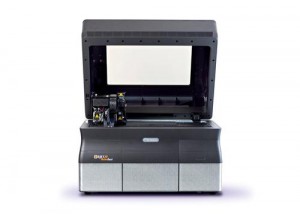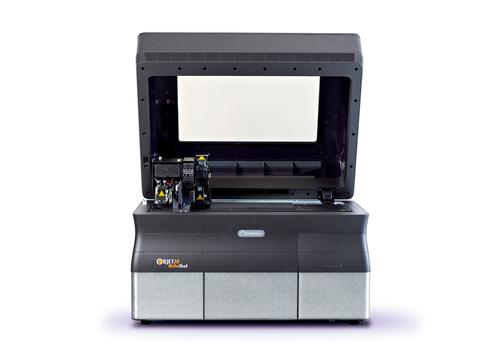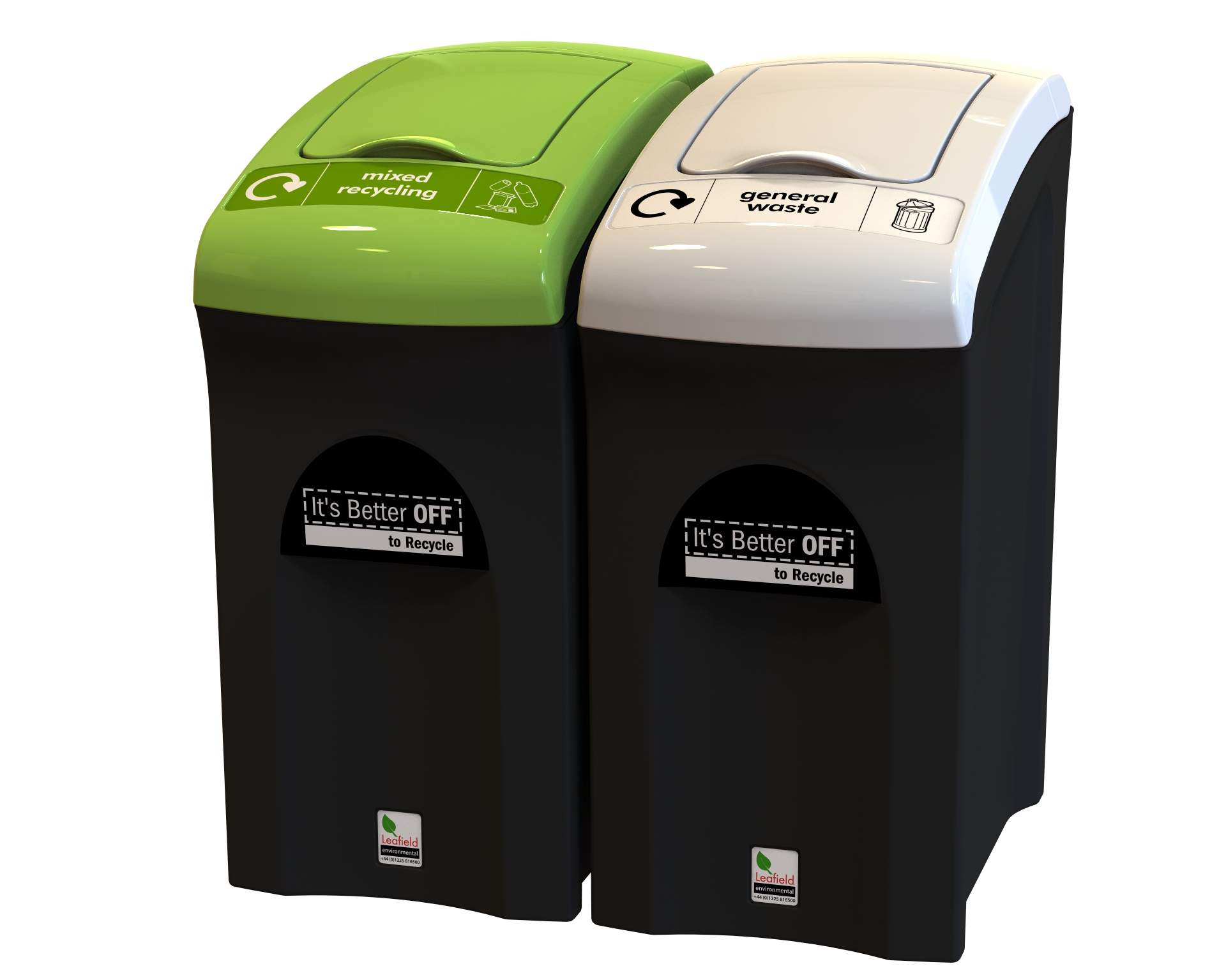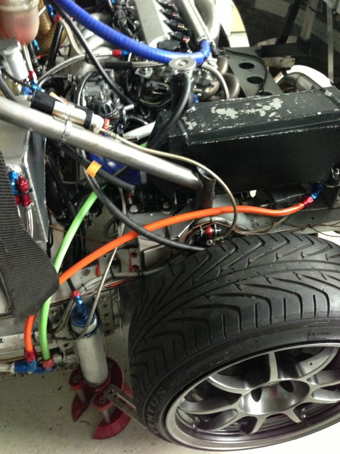
A new 3D printer from Stratasys is making digital production of models for crowns, bridges, retainers, and other dental devices affordable for the smallest labs. The company debuted the Objet30 OrthoDesk at the International Dental Show in Cologne, Germany, in March. Until recently, the dental and orthodontic device industry was a handcrafted business. “Dental technicians were considered artistic masters preparing every crown and bridge by hand,” Avi Cohen, director of global dental for Stratasys, told Design News.
To make sure these devices fit correctly they are built on top of a model of the patient’s teeth and gums. To make the models, the traditional method requires the patient to bite into a tray of gooey silicone at the dentist’s office, making an impression. Once it hardens, the impression is sent to the lab, where it’s used as a mold, into which gypsum is poured. Creating the model and then making the dental device could take a few weeks.
Digital dentistry and orthodontics began changing all that a few years ago. Today, both devices and models are made with CAD files, plastics, and 3D printers, in much less time. Large labs make a few hundred models per day. But most dental labs are small operations with perhaps five people making about five to 10 models per day. The high cost of a 3D printer that could give the necessary quality and accuracy, around $100,000, has been prohibitive for small labs.
Stratasys conducted cost studies to determine the price they could afford, said Cohen. The OrthoDesk is the first low-cost 3D printer dedicated specifically to the dental appliance model industry, and is priced at $39,000 so small labs can afford it. The desktop-sized OrthoDesk can print up to 20 models in one print run, or about 60 to 70 per day, a tenfold increase in the output of small labs. Accuracy is also improved over previous techniques. You can watch a video here showing owners of dental labs discussing the difference this has made to their businesses.
Fully digital operation also means that impressions are no longer needed, and models can now be stored electronically. The printer’s build resolution is 600 x 600 x 900 dpi. Machine size is 82.5 x 62 x 59 cm (32.28 x 24.4 x 23.22 inches), and tray size is 300 x 200 x 100 mm (11.81 x 7.87 x 3.94 inches). Other items that can be printed with this machine include retainers, clear aligners, and surgical guides. The materials set for the printer consists of three existing Stratasys materials: MED610 – Clear Bio-compatible, MED670 – VeroDent, and MED690 – VeroDentPlus. These are printed from sealed cartridges weighing 2.2 pounds each, along with a gel-like support material that can be easily removed with a water-jet.
Source: http://www.designnews.com/author.asp?section_id=1392&doc_id=261369&itc=dn_analysis_element&





